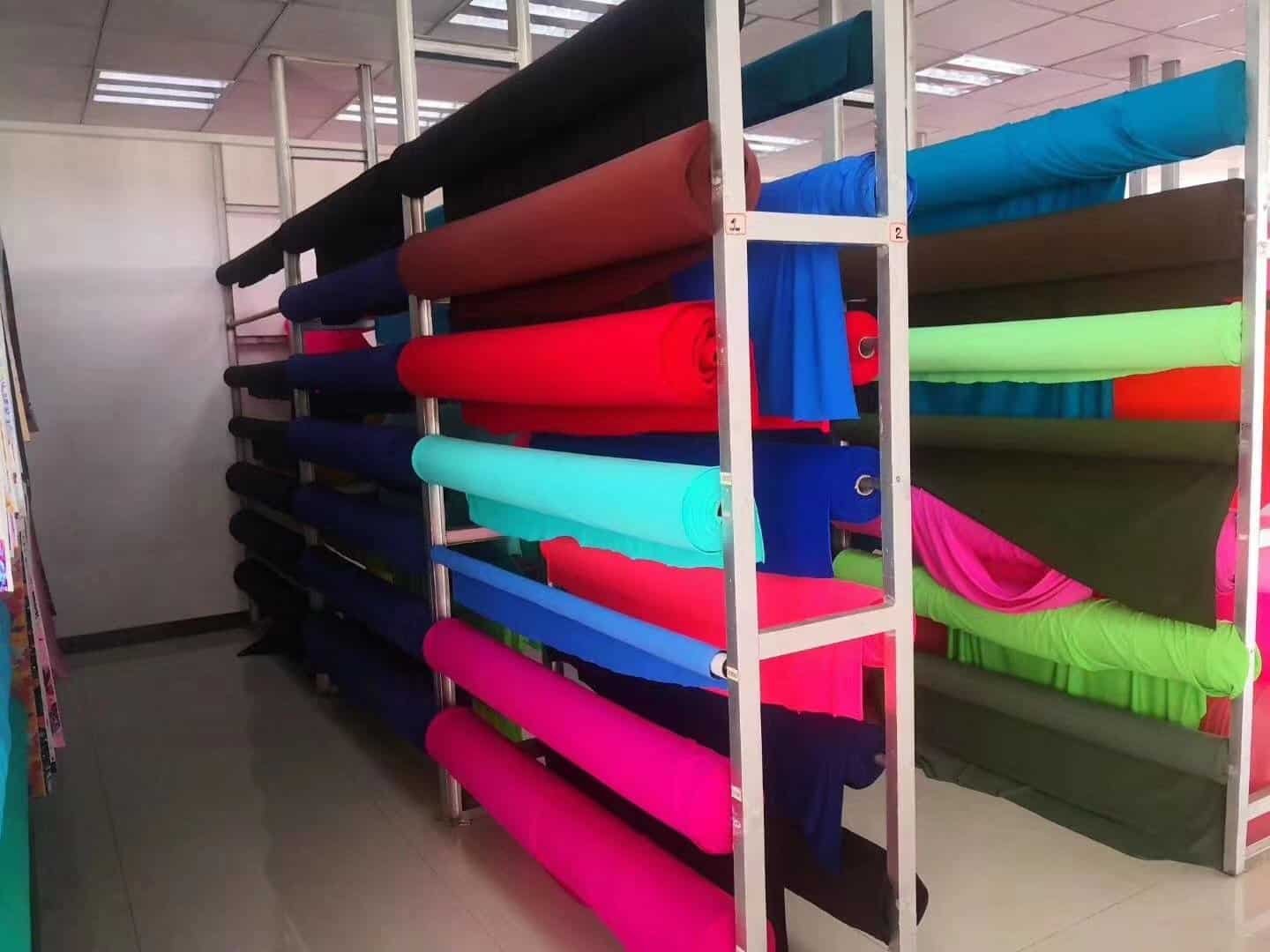Need Lycra for your project but don't want to break the bank? Finding affordable Lycra fabric is easier than you think.
**You can buy cheap Lycra fabric1 from online marketplaces like alibaba and AliExpress, wholesale suppliers, and local fabric stores. Look for end-of-roll deals2, discounts, and consider buying in bulk to lower the cost per yard. Smaller swimwear customers usually need more finished dyeing solid color stocks3 and no minimal order quantities when they repeat Lycra orders.
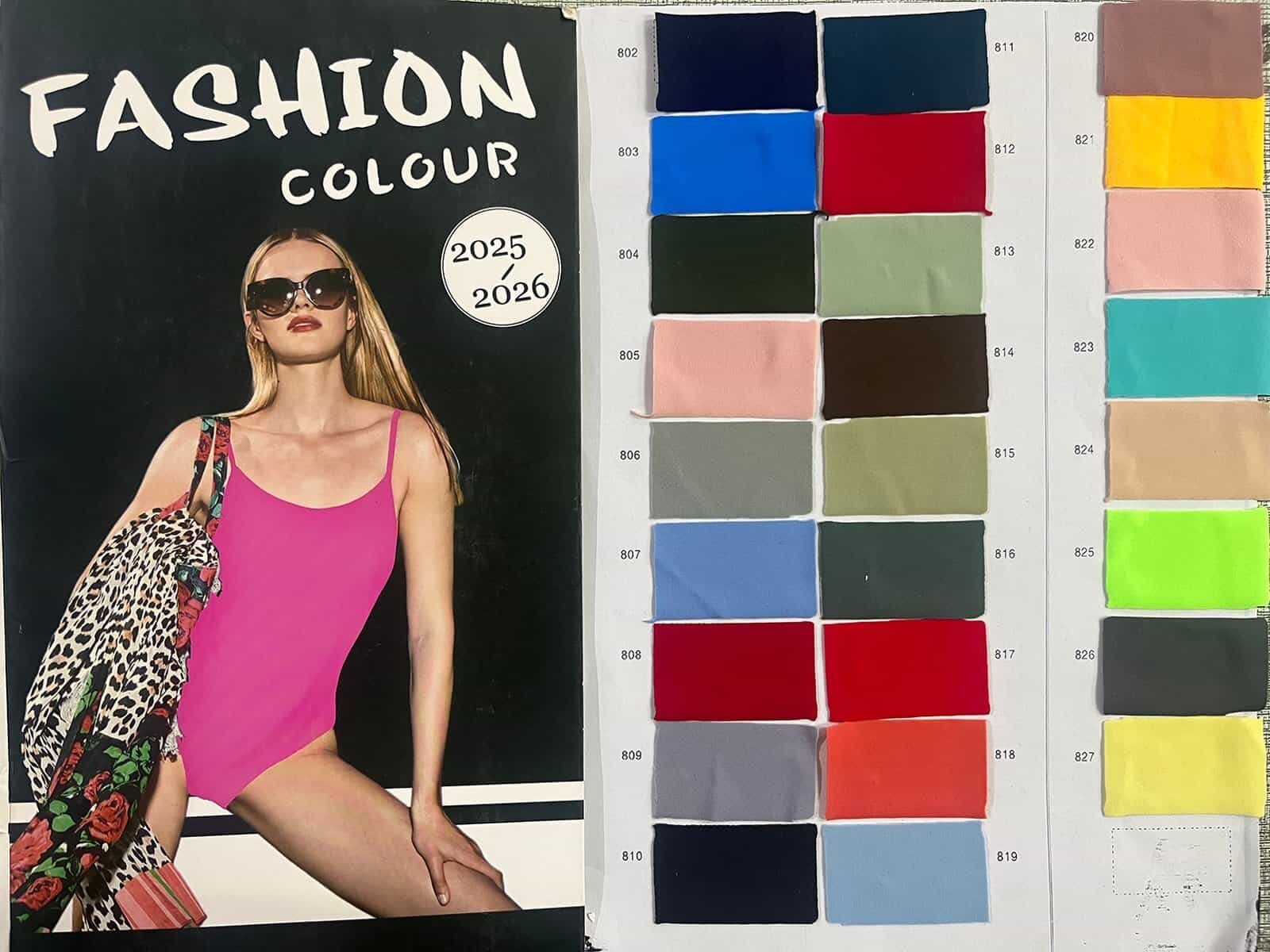 )
)
Keep reading to discover all the best places to find affordable Lycra and how to save money on your next fabric purchase!
Is Lycra Fabric Expensive?
Want to use Lycra but worried about the price? Is it really going to stretch your budget too much?
Lycra fabric can be moderately expensive compared to other common fabrics like cotton. Prices vary based on the blend, quality, and where you buy it. However, you can find affordable options if you shop around and look for deals.
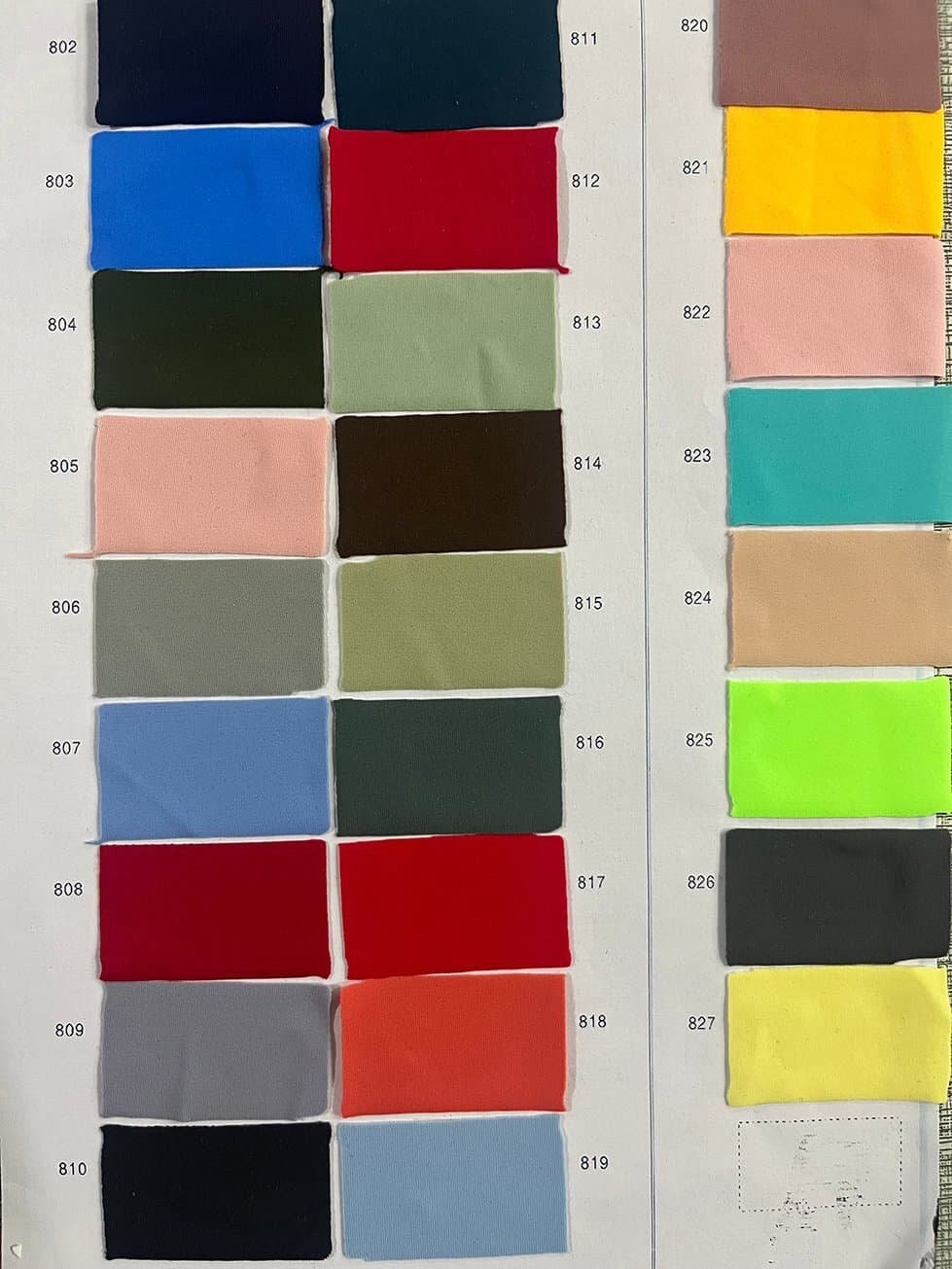
Lycra's price comes from its special qualities. It's super stretchy, strong, and lasts a long time. These features make it great for things like sportswear, dancewear, and swimwear. But, these features also affect the cost. Factors like the blend of Lycra with other fibers (like nylon or polyester) and the manufacturing process also play a role in pricing.
Here's a quick price comparison (prices are approximate and can vary):
| Fabric | Price per Yard |
|---|---|
| Cotton | $5 - $10 |
| Polyester | $6 - $12 |
| Lycra Blend | $10 - $25 |
| High-End Lycra | $25+ |
When I started Textilesea, I learned quickly that finding the right balance between quality and cost was key. I worked directly with factories to get the best prices without sacrificing the performance of the fabric. For smaller swimwear customers, they often need finished dyeing solid color stocks and no minimum order quantities when they repeat Lycra orders.
Is Lycra the Best Fabric for Sweatshirts?
Thinking about making a sweatshirt? Want to know if Lycra is a good choice?
Lycra is not the best fabric for sweatshirts on its own. While it offers great stretch and recovery, it's not very warm or absorbent. It is often blended with other fabrics like cotton or fleece to add stretch and improve the fit of sweatshirts, without sacrificing comfort.
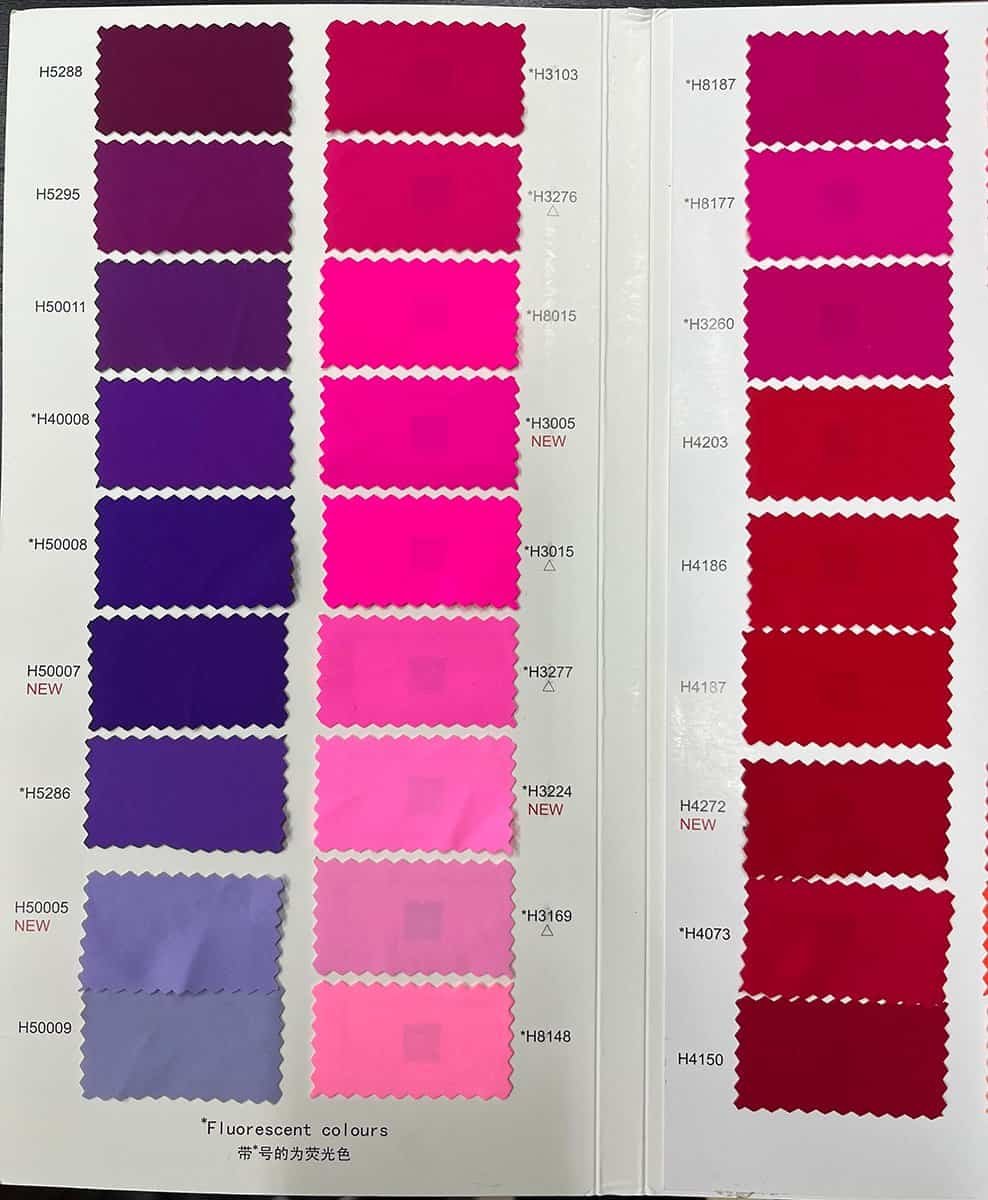
Sweatshirts need to be warm, comfy, and able to handle sweat. Lycra brings elasticity, but it doesn't offer much in the way of warmth or moisture absorption. That's why you usually see it mixed with other fabrics. Cotton is soft, breathable, and absorbent, making it a popular choice for sweatshirts. Fleece is warm and cozy, perfect for colder weather. When Lycra is combined with these materials, you get a sweatshirt that moves with you and keeps its shape.
Here's a table showing how Lycra compares to other common sweatshirt fabrics:
| Fabric | Warmth | Absorbency | Stretch | Best Use |
|---|---|---|---|---|
| Cotton | Medium | High | Low | Everyday sweatshirts |
| Fleece | High | Medium | Low | Cold-weather sweatshirts |
| Lycra Blend | Low | Low | High | Fitted sweatshirts |
I've seen many designers experiment with different blends. They are always trying to get the perfect combination of comfort, performance, and style. The key is to understand the strengths and weaknesses of each fabric and use them in a way that complements each other.
Does 80% Nylon and 20% Spandex Have a Lot of Stretch?
Want to make sure your fabric has enough give? Wondering if that nylon-spandex mix will do the trick?
Yes, a blend of 80% nylon and 20% spandex has a lot of stretch. This combination is commonly used in activewear and swimwear because it provides a good balance of stretch, support, and durability. The spandex provides the elasticity, while the nylon offers strength and abrasion resistance.
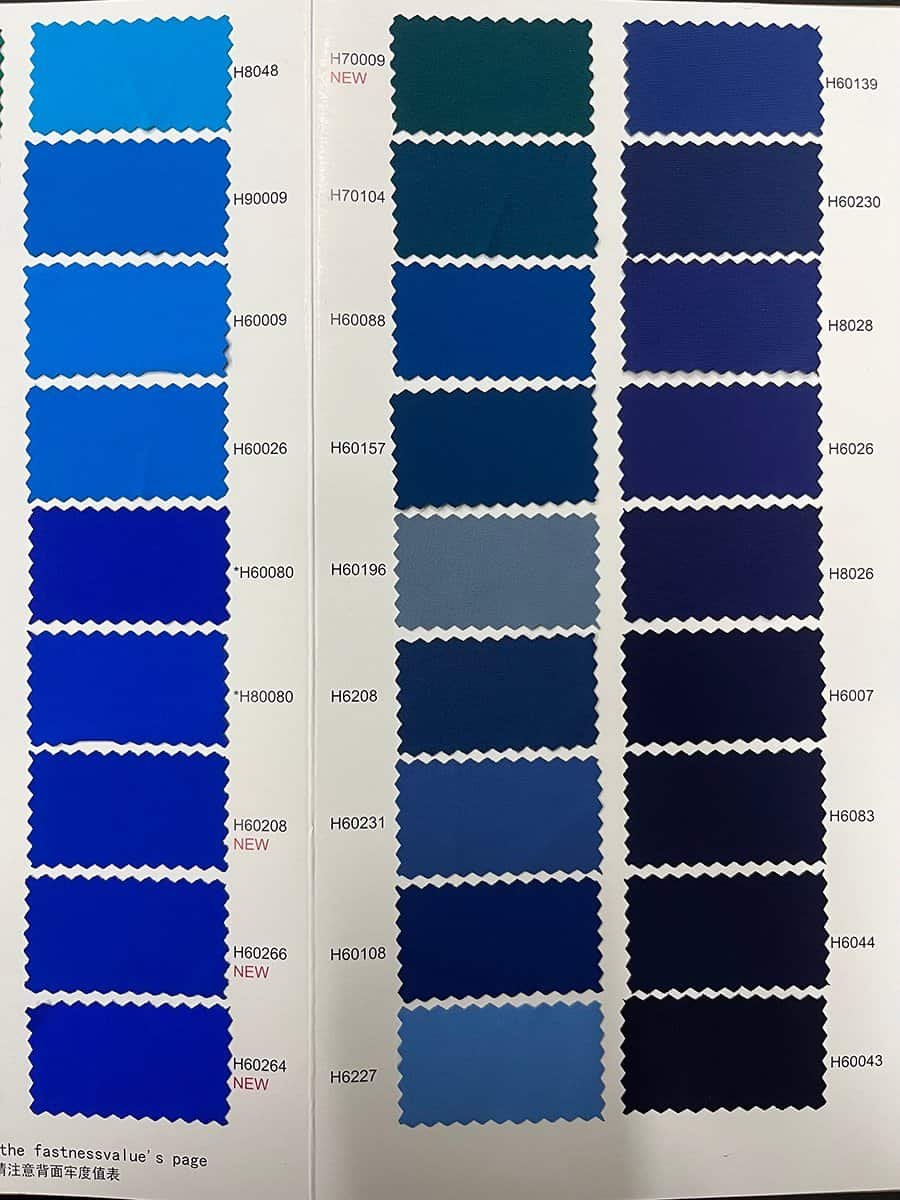
The amount of stretch in a fabric depends on the percentage of elastic fibers like spandex (also known as Lycra). A higher percentage of spandex means more stretch. In an 80/20 nylon-spandex blend, the 20% spandex is enough to provide significant stretch and recovery. This means the fabric can stretch without losing its shape. Nylon adds to the blend by making the fabric stronger and more resistant to wear and tear. This is super important for things like workout clothes that go through a lot of movement and washing.
Here’s a comparison of different spandex percentages and their stretch levels:
| Spandex Percentage | Stretch Level | Common Uses |
|---|---|---|
| 5-10% | Moderate | Casual wear, some fitted garments |
| 15-25% | High |

